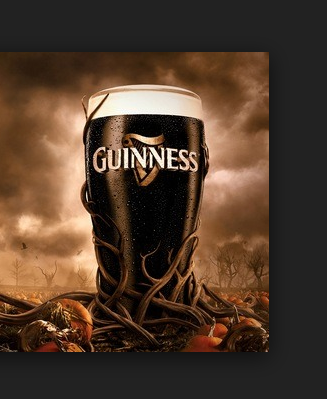Tag: creative marketing campaign ideas
Simple Marketing Ideas I Picked Up From Walt Disney
Walt Disney didn’t need a master’s degree, and he certainly wasn’t an engineer, but he excelled at marketing. Those marketing skills propelled Disney success as an entertainment powerhouse. You have noticed their simple marketing ideas, haven’t you? I certainly have. Learn from other companies: Creative Marketing Strategies: The Ultimate Cheat Sheet on Guinness His marketing has become a…
How Jay Baer Builds Creative Marketing Campaigns
Ever designed creative marketing campaigns, or thought about it? We’ve had to build creative marketing campaigns for our clients in small businesses for the past 6+ years. We learned much from how Jay Baer builds creative marketing. We have learned a few things about making creative marketing campaigns and advertising look professional even on a…
Creative Marketing Ideas: How Does JetBlue Become So Creative?
Peter Ducker once said: The customer never buys what you think you sell. That is an interesting quote. Have you ever flown JetBlue Airline? Were you attracted by JetBlue’s creative marketing ideas? Do you agree with Peter Drucker in thinking that the airline doesn’t know what its difference makers are? Not us. More importantly, did…

Innovative Marketing Ideas: Major Secrets to the NASA Success
Do you make continuous improvement a focus of your marketing strategy? Most of the best marketing strategies we study and follow certainly do, and that is an awesome way to do marketing. Yes, the innovative marketing ideas of NASA marketing is making their messages better and better all the while. And their success has a…

Creative Marketing Strategies: The Ultimate Cheat Sheet on Guinness
Do you make continuous improvement a focus of your marketing strategy? Most of the best marketing strategies we study and follow certainly do, and that is an awesome way to do marketing. Yes, the innovative Guinness creative marketing strategies are making their messages better and better all the while. And their success has a ton…